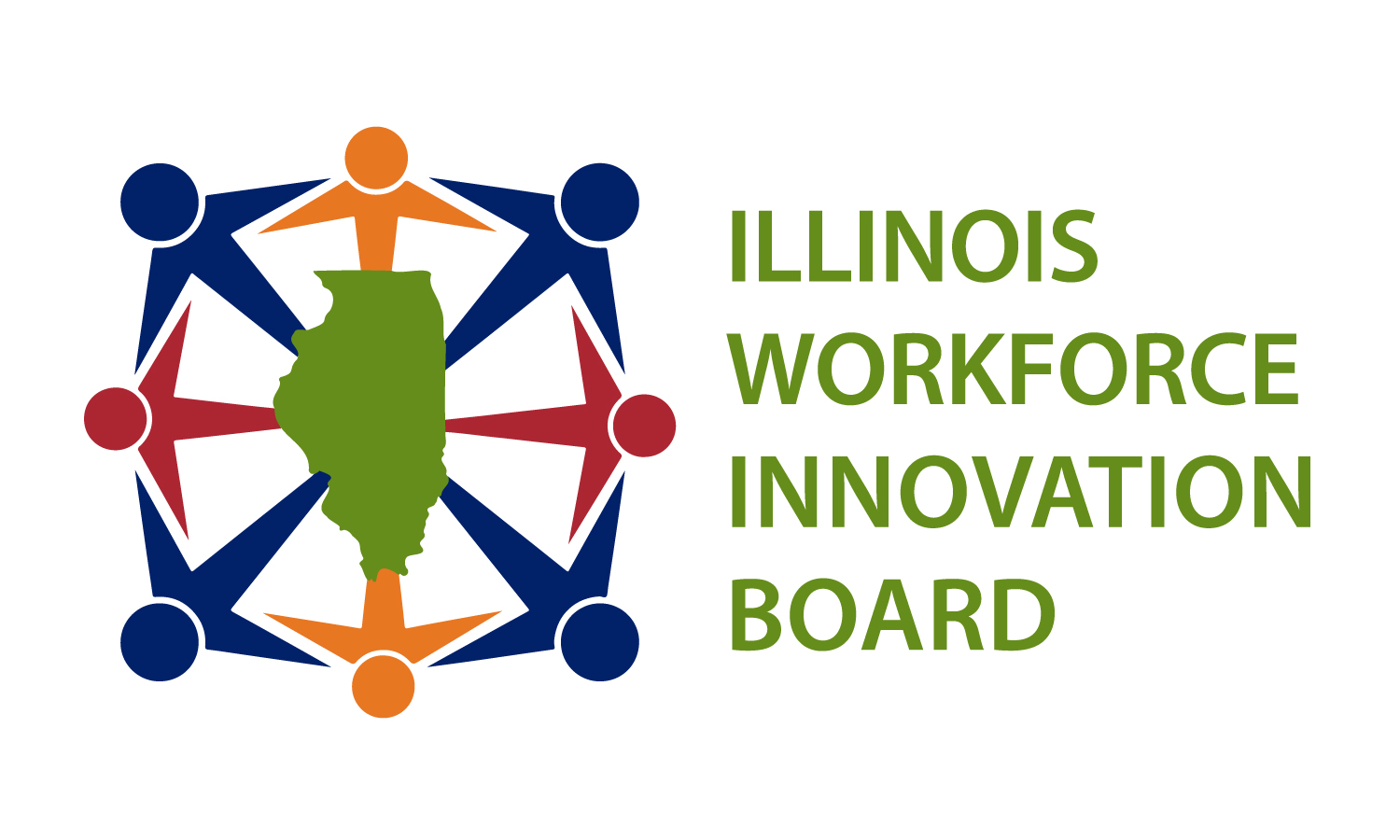Introduction to Evaluation
To learn more about the types of evaluation, see pages 17-23 of the DOL framework or see below to view the WIOA Wednesday Webinar, “Evaluation Under WIOA: An Introduction” presented by Cynthia Forland of Forland Consulting LLC. The PDF presentation and the recording are below.
Evaluation under WIOA: An Introduction – April 22, 2020
Principles of Evaluation
Department of Labor Evaluation Principles
| Principle | Brief Description |
|---|---|
| Rigor | “Rigor is required for all types of evaluations, including impact and outcome evaluations, implementation and process evaluations, descriptive studies, and formative evaluations. Rigor requires ensuring that inferences about cause and effect are well-founded (internal validity); requires clarity about the populations, settings, or circumstances to which results can be generalized (external validity); and requires the use of measures that accurately capture the intended information (measurement reliability and validity).” |
| Relevance | “Evaluation priorities should take into account legislative requirements and the interests and needs of leadership, specific agencies, and programs; program office staff and leadership; and DOL partners such as states, territories, tribes, and grantees; the populations served; researchers; and other stakeholders.” |
| Transparency | “DOL will make information about evaluations and findings from evaluations broadly available and accessible, typically on the internet. DOL will release results of all evaluations that are not specifically focused on internal management, legal, or enforcement procedures or that are not otherwise prohibited from disclosure. Evaluation reports will present all results, including favorable, unfavorable, and null findings. DOL will release evaluation results timely…and will archive evaluation data for secondary use by interested researchers (e.g., public use files with appropriate data security.” |
| Independence | “Independence and objectivity are core principles of evaluation. Agency and program leadership, program staff, stakeholders, and others should participate in setting evaluation priorities, identifying evaluation questions, and assessing the implications of findings. However, it is important to insulate evaluation functions from undue influence and from both the appearance and the reality of bias.” |
| Ethics | “DOL-sponsored evaluations will be conducted in an ethical manner and safeguard the dignity, rights, safety, and privacy of participants. Evaluations will comply with both the spirit and the letter of relevant requirements such as regulations governing research involving human subjects.” |







